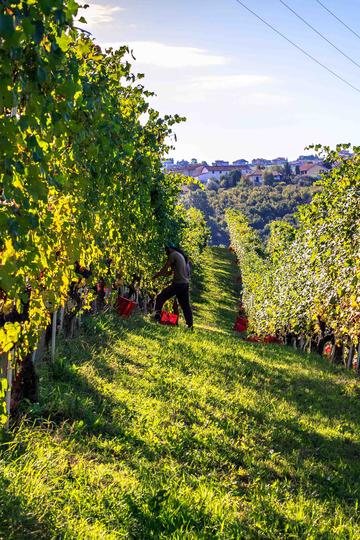- Famous Seconds
- Rising Stars
Bruno Rocca
- Italie
Domain
: « Paradoxically, our goal is not to “make” wine, but to guide its evolution to help it best express itself. Our land, not the producer, is inscribed on the wine. » It was at the end of the 1950s that the Rocca family history became intimately linked to one of the most famous wines of these hills: Rabajà. It was thanks to the intuition and courage of Francesco Rocca (1907-1978), nephew of the first Francesco, that the family moved to Rabajà at its highest point. Possessing an oenological heritage like no other and eager to develop the hundreds of years of agricultural history behind the Rocca family, Francesco Bruno decided to step up and specialize in viniculture. It was in 1978 that the first wine harvest took place under the name of the Rocca family. Francesco continuously continued to improve the quality and uniqueness of his wines. It is in this atmosphere of renewal and rediscovery of tradition that Bruno Rocca modernized the family business. The objective was to improve the quality of the wines produced and to promote the extraordinary "family" cru, Rabajà. They were able to do this in particular thanks to a radical change in the management of the vineyards and the work in the cellars by focusing on the maximization of the quantity. In 1990 their cellar became known and recognized around the world. The family bought new vineyards beyond Barbaresco and started producing other great wines from Piedmont: Langhe Nebbiolo, Barbera d'Alba and d'Asti, Dolcetto and Chardonnay. Today, Bruno Rocca's children, Luisa and Francesco, work alongside him in the family business. .
Grape varieties
Nebbiolo
Barbera












